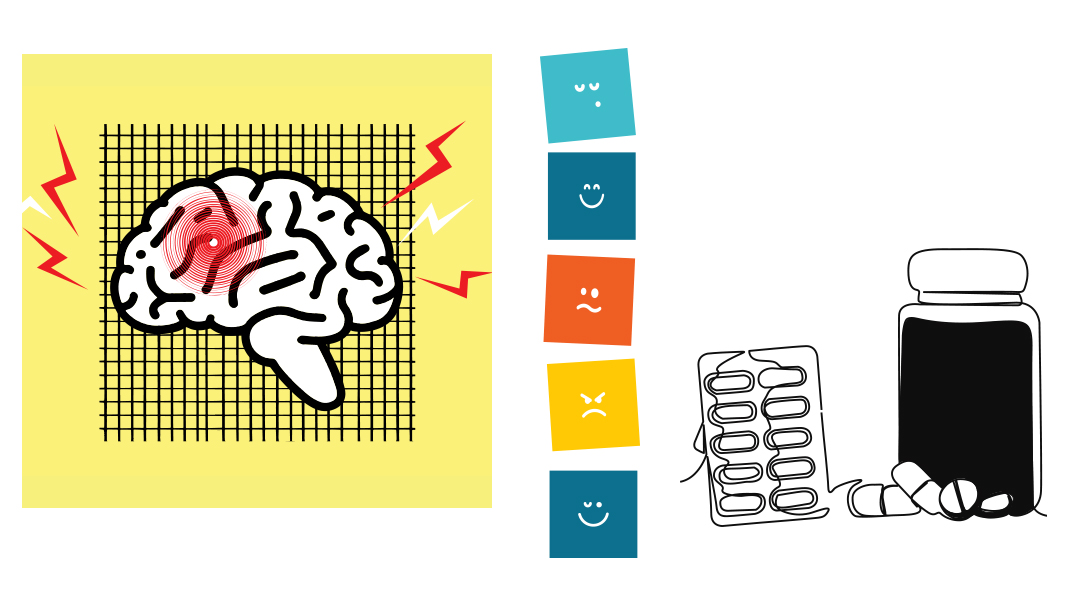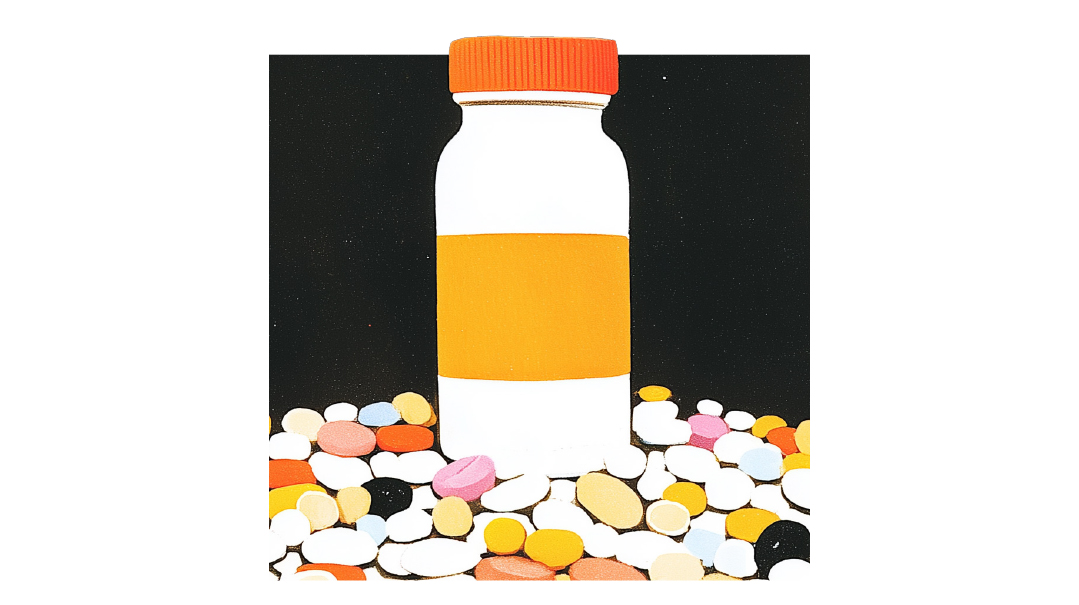Outsmarting the Invisible Reminders
| August 6, 2024How can you remember what you just don’t remember?

Outsmarting the Invisible Reminders
Shoshana Schwartz
Y
ou take upon yourself to say a few daily perakim of Tehillim, or learn two halachos a day. You decide to look up from your screen every 20 minutes while you work, to avoid eyestrain. You resolve to take vitamins every day, take a deep breath once an hour, and walk for five to ten minutes.
When you try to install a new, positive habit, it can feel like uphill work to repeat the action more than a handful of times. After all, the action doesn’t easily come to mind, and if you could have incorporated this positive action into your daily routine, you would have done so years ago! How can you remember what you just don’t remember?
The first line of offense is to set up reminders: sticky notes on the bathroom mirror to call the teacher or feed the fish; car keys in the fridge to remind you to bring lunch to work; ring on the opposite hand to remind you to pick up the dry cleaning. Or employ the tech equivalent: appropriately named alarms that go off one or more times a day.
These are all very effective — until they’re not. How long does it take until you no longer see the small yellow paper that started out as glaringly obvious, or until you get used to wearing your ring on the other hand? Repetition renders reminders invisible. And hitting snooze on an alarm is so common as to be cliché.
That’s when it’s time to move to the second line of offense: changing reminders before they become invisible. If you set alarms to remind you to drink, change the ringtone, volume, and vibration pattern. If you wear a ponytail holder on your wrist to remind you to stand up and stretch once an hour, switch hands, and then switch colors. If you tie a little blue ribbon to your coffee mug to remind you to call your grandmother, tie it around the coffee jar instead, turn the mug upside down, or place a straw inside. The trick is to change these reminders before you become inured to them.
Which brings us to the third line of offense: Create a completely unique reminder to remind you to change the reminders! Pair this reminder with a task you already do with consistency, and set up an automated reminder or an accountability partner for this one reminder.
Here are ten ideas to get you started:
Tennis ball inside shoes or a twist-tie around the laces
Spoon protruding from wallet
Glasses on doorknob
Clothespin attached to shower curtain
Kitchen utensil hung on front door handle
Oven mitt on car dashboard
Fruit on keyboard
Tea bag hung on a faucet
Paper clip on toothbrush
Puzzle piece on car seat
If you still have trouble installing a new habit despite unique reminders, the challenge might have nothing to do with remembering, and everything to do with unconscious resistance to the new action. So if the new habit is important for your emotional, physical, or spiritual well-being, you might want to take a deeper look at that resistance. A good place to start is simple journaling. After you write down some of the cognitive answers, go deeper, allowing your unconscious to bring up whatever it needs to without censorship.
There are so many things to remember, and so many positive habits we’d like to create! Setting up effective reminders eases our mental burdens, freeing up mental energy for tasks that can’t be done on autopilot.
Shoshana Schwartz specializes in compulsive eating, codependency, and addictive behaviors. She is the founder of SlimHappyMama.
Double Standard
Sara Rivkah Kohn
T
his year, many people who’d never suffered before from seasonal allergies were hit hard. Interestingly, many of the regular allergy sufferers were less affected, and some not at all. Same pollen or allergen, different reactions.
And fascinatingly, many of the allergy meds they were prescribed weren’t effective. The medical establishment had to experiment with new and different ideas.
What I didn’t find in any of the articles discussing this phenomenon was a line saying that those with allergies were clearly not doing enough or didn’t have healthy bodies or should try to overcome this by digging deep within. There also was no blame assigned when, in the same household with the same allergens, some had a reaction and some didn’t. No one said that those complaining were “overreacting”or “dramatic.”
When it comes to mental health, the situation is quite different. Sometimes we blame ourselves. We think, “If I’m the only one in the family who feels this way, I must be crazy,” or we say, “I need to push myself harder — I’m obviously just weak.” Sometimes there’s familial or communal blame. “Everyone else is doing fine… why is he/she not?!” Or “We’re all over it… why are they making such a big deal?” Or “I don’t feel anxious at all, why are you?”
Because Hashem made different people with different bodies, minds, and emotional capacities. While one is spontaneous and can handle last-minute changes well, another can’t. Imagine the former dealing with Covid shutdown or war or anything out of their control? The reaction would be different, wouldn’t it? While one is a softer, more sensitive soul, another can tolerate a lot of pain and therefore can enter horrific crisis situations, but also may lack the same bandwidth for empathy of the “small” stuff.
We’re all different. Not better or worse. Just different.
When we believe this about ourselves, we’ll likely feel a lot better. And we can transmit that message to others, too.
Sarah Rivkah Kohn is the founder and director of Links Family, an organization servicing children and teens who lost a parent.
Benadryl
Dr. Jennie Berkovich
During my pediatric residency, we once took a vote on everyone’s favorite over-the- counter medication. Benadryl (diphenhydramine) was a clear favorite for its versatility and quick onset.
Looking back on it, I would probably vote for any other medication. Over the last few years, allergists have started to recommend moving away from using Benadryl as a first-line antihistamine for children. Newer, second-generation antihistamines like cetirizine (Zyrtec), loratadine (Claritin), and fexofenadine (Allegra) are safer, more effective, and longer-lasting alternatives.
Benadryl, a first-generation antihistamine, can cause significant sedation, cognitive impairment, and potential heart rhythm abnormalities. These side effects can interfere with a child’s daily activities and school performance, and even pose safety risks. A “paradoxical” reaction can also occur, which results in kids becoming agitated and hyperactive due to the medication.
Second-generation antihistamines offer the same benefits in treating allergy symptoms without the concerning side effects. They are more selective in their action, reducing drowsiness and other adverse effects.
Dr. Jennie Berkovich is a board-certified pediatrician in Chicago and serves as the Director of Education for the Jewish Orthodox Medical Association (JOWMA)
(Originally featured in Family First, Issue 905)
Oops! We could not locate your form.







